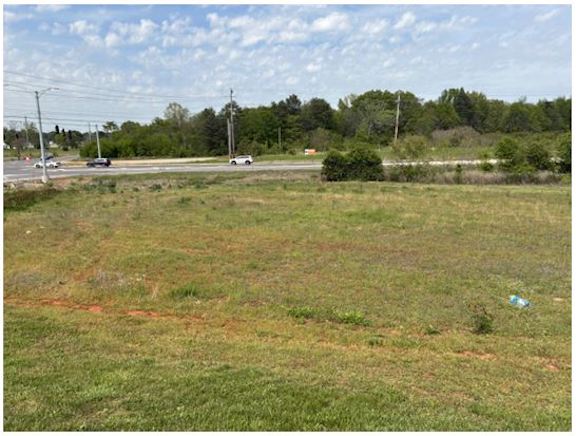FORREST STREET BRIDGES: Council members question costs
Published 5:45 am Wednesday, September 26, 2018
Increased costs to replace the bridges on Forrest Street generated a fair amount of discussion at Monday night’s council meeting and resulted in two councilmen voting against making a payment for the project.
Councilmen Joseph Cannon and Wayne Harper voted “no” on a resolution to pay $1.456 million to the Alabama Department of Transportation, though a majority of the council approved it.
Trending
The payment represents the city’s portion of the $4 million project. The remaining $2.5 million will be paid by the Alabama Transportation Rehabilitation and Improvement Program (ATRIP), which is administered by ALDOT.
When the project was first announced in 2013 as part of the third round of ATRIP, the estimated total was $2 million. Two other projects awarded were the resurfacing of Brownsferry Street and improvements to Fifth Avenue.
The city’s portion of the Forrest Street bridge project was supposed to be 20 percent, or $400,000. Cannon said he was under the impression the cost would be the same. When he received his council packet Thursday, he was surprised to find the cost had doubled to $4 million.
He was also surprised to find out the project would exhaust the city’s remaining ATRIP money, so there would be nothing left for Brownsferry Street or Fifth Avenue. City Clerk Annette Threet said the city would be financially responsible for those projects, though some work has already been done on Fifth Avenue.
“I’m used to things going over budget, but there was no reason for me to believe it had doubled,” Cannon said.
Last month, the council approved two resolutions related to the bridge project — a formal agreement with ALDOT and an agreement with Morell Engineering for engineering and inspection services related to the project. Cannon said the increased cost should have been addressed at that meeting.
Trending
Threet, however, said the council had to first pass the resolution, which effectively gave ALDOT permission to bid the project. The city received a letter from ALDOT on Sept. 7 naming Huntsville-based Miller & Miller General Contractors as the low bidder at a little more than $4 million.
Cannon’s questions were enough for Harper to also vote no on the project. He said Cannon “made a lot of sense” to him.
“I know inflation should be in there, but I’m not sure it should be that much,” Harper said.
Rising costs
There are a few reasons why the bridge project is more costly than it was five years ago, including the fact building materials are more costly.
Public Works Director James Rich said the project had to be redesigned to meet water flow guidelines set by the U.S. Army Corps of Engineers and wildlife protection standards set by the U.S. Fish & Wildlife Service. Meeting those standards meant extending both bridges from 100 feet to 180 feet, or nearly double the original length. The elevation profile was also changed as compared to the original design.
When asked if the $1.4 million would be the city’s entire expense on the project, Threet was doubtful. She explained — in addition to changes to the scope of the project — preliminary engineering and design costs were not part of the $1.4 million, nor was the purchase of private property easements necessary for the project.
End of the line?
In addition to the project costs, Cannon asked if the bridges were at risk of falling in. He said, given the traffic headaches closing that portion of Forrest Street will lead to, officials should be sure if the danger is real. The bridges will close to traffic early next year.
Rich and Richard Sanders of Morrell Engineering both said the bridges were near the end of their life expectancy.
“Fifty years is what they were designed for when those were built,” Sanders said. “With materials now, you could have 75 years.”
He added the bridges weren’t wide enough and they have a posted weight limit of 36 tons. Rich said the bridges were the oldest in the city limits to accommodate the current traffic demands.





